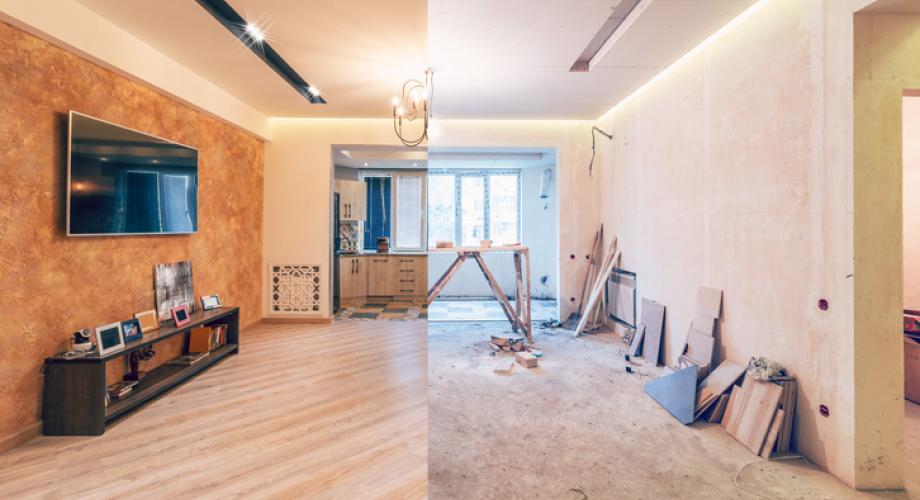A look at property statistics reveals how maintenance teams can save their organizations time and money.
Time may be the most valuable commodity for multifamily maintenance teams. With that in mind, streamlining processes and reducing the amount of work required to maintain a property are paramount.
So, where are the areas that service teams aren’t working efficiently? And what can maintenance statistics tell you about your property?
Chad Moulin, CAMT, Vice President, Facilities for GK Management, explored various ways that maintenance teams can improve efficiency during the APTvirtual session, “Maintenance Decoded,” based on findings of his research into 385 communities totaling over 73,000 apartment homes of various types, sizes and conditions.,
Moulin estimates that most apartment community service teams spend 19 hours each week on scheduled maintenance like grounds work and emptying trashcans—ongoing tasks that must be completed. While these are standard tasks, there remain plenty of opportunities for savings through other efforts like preventative maintenance, as well as reduced labor time on service requests and apartment turns.
Focusing on Preventive Maintenance
According to Moulin’s research, 87% of properties outsource at least part of their preventative maintenance work. But service teams that develop and execute their own preventative maintenance plans have not only saved that upfront expense but reduced their required labor in the long term.
Moulin said that one year after the implementation of a preventative maintenance plan, the service teams in his research saw service request totals drop by an average of 13.4%, and repair and maintenance expenses reduced by 8.8%. In addition, the average time for teams to complete a service request improved by 17.1%.
An HVAC case study conducted at a 244-unit property in West Texas showed that the introduction of a preventative maintenance plan lowered the number of AC service calls by 26%. More impressively, the average time to complete AC work orders improved by 60%.
Moulin insists that “nothing special” was done, other than the requirement that preventative maintenance be regularly completed.
“We just cleaned the coils inside and out, checked that condenser unit panels were on and tight, all refrigerant caps were on and tight, and air handler filters changed every six months,” Moulin said. “Standardize your process whenever possible but remember that each property is unique.”
Update Service Request Processes
Each work order is unique, as well, but Moulin noted there are strategies for limiting the amount of time that each service request requires.
Moulin crunched the numbers on 44 properties in the same market and discovered that in a one-month period, their service teams took 538 trips to a local big box hardware store to acquire parts and materials. With a conservative estimate of one hour per trip, that adds up to a combined 67.25 days of man hours per month.
“Maintenance teams could complete a lot of work orders in that time,” Moulin said. “It’s productivity and money lost.”
A year later, these teams reduced their trips to big box stores by 85%, primarily by organizing their shops and inventory and updating their service request process.
“That reduction means we were managing our inventory better, we were ordering and having things delivered, rather than us going out and getting them ourselves,” Moulin said. “We only went when we really had to, and we made those trips more meaningful. We had to establish a service request process. What do you do? How do you take service request orders? Where are they housed? How do you get them to your staff? That will help with your efficiency.”
Pre-Move-Out Inspections
Moulin noted that, like service requests, unit turns vary by apartment. But he said pre-move-out inspections are the key to time savings.
“If we’re able to go in there and figure out what you need several weeks beforehand, before the apartment is actually vacant, we’re able to order things and have what we need, when we need it,” Moulin said. “We can also schedule our vendors for these events if we know that we’re going to have to do a full paint. We’ve all been into those units where everything has turned a little bit yellow because the renter has been there for so long and everything is smoke damaged. That turn is going to take significantly more time.”
Moulin said pre-move-out inspections also allow teams to schedule their employees accordingly, so they have enough people onsite when the home does become accessible.
In one year, Moulin’s research found that prior to addressing pre-move-out inspections, maintenance teams completed 18,778 apartment turns, with an average turnaround time of 20.97 days. That’s 393,774 days that homes remained empty. With a commitment to conducting inspections, turn times were reduced to 7 days, a 69.1% improvement.
Moulin said that by remaining open to change and new ways of doing things, and decoding maintenance statistics to expose inefficiencies, such drastic improvements are possible.
“You need to get baseline stats, formulate a plan or strategy and have a talk with your boss, whether that’s a community manager, a regional, a vice president, whoever it is that helps you take these steps,” Moulin said. “Know your stats. Make a plan. Know your property. Make a change. Repeat.”
Doug Pike is a Content Specialist for LinnellTaylor Marketing.
